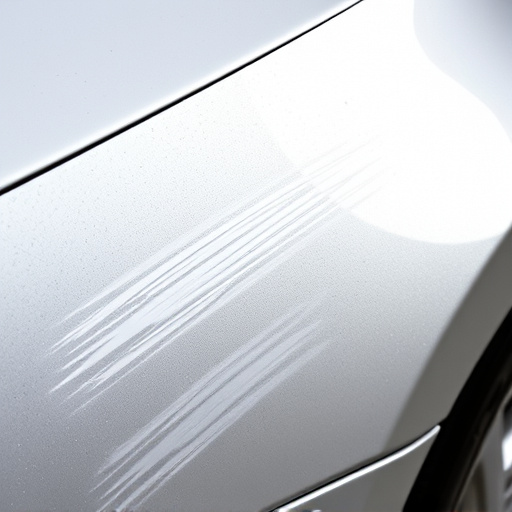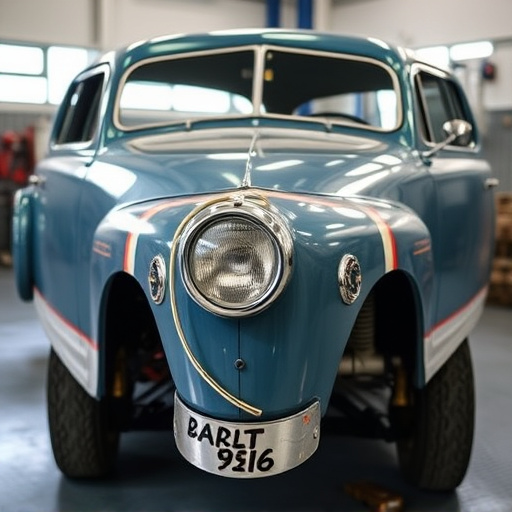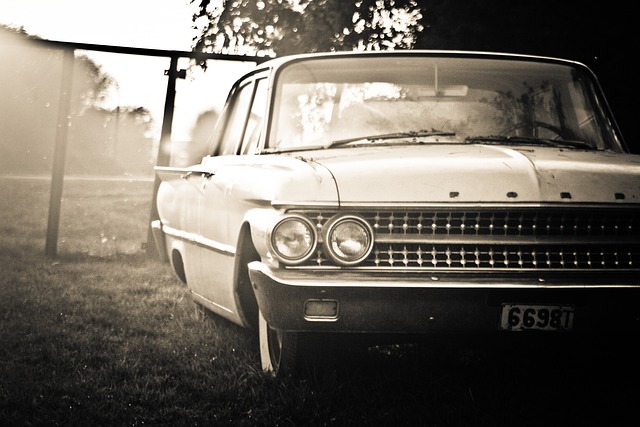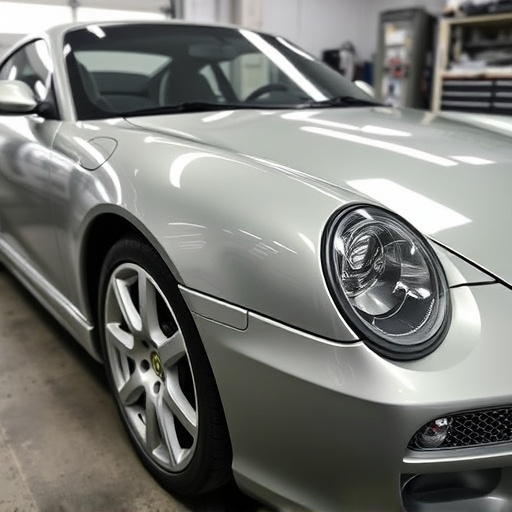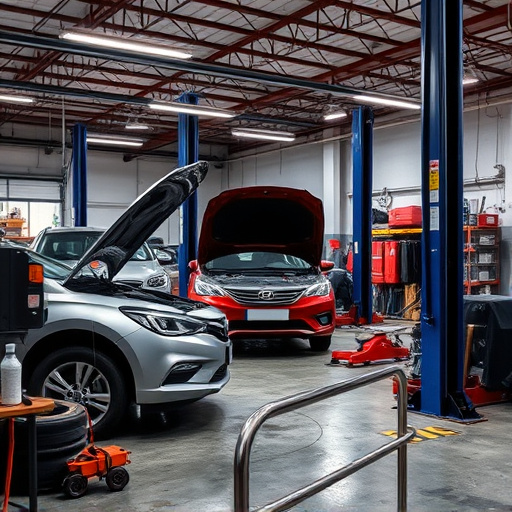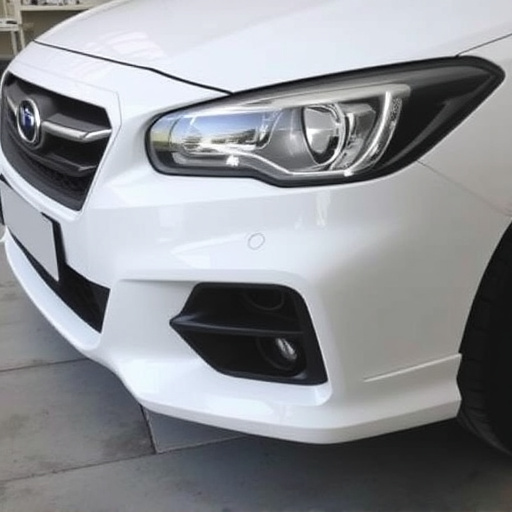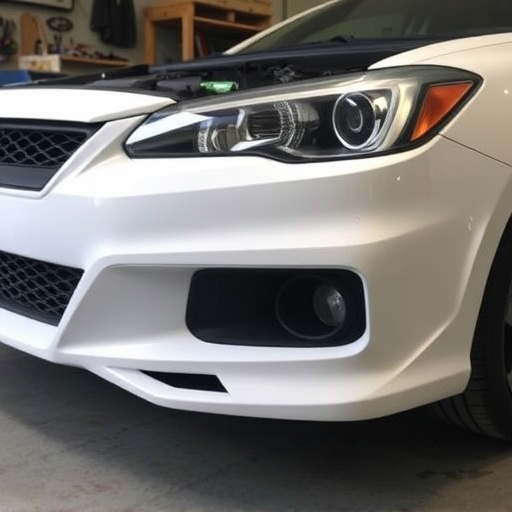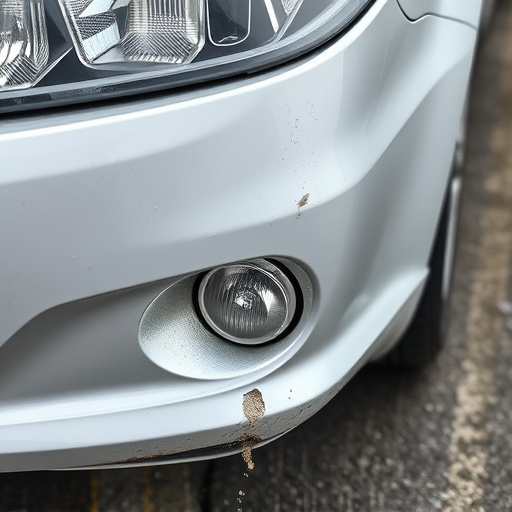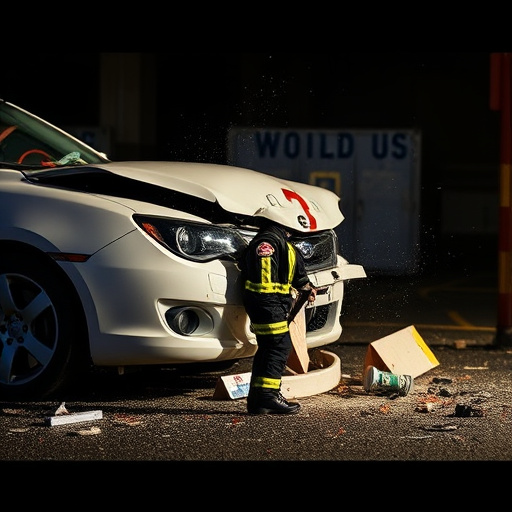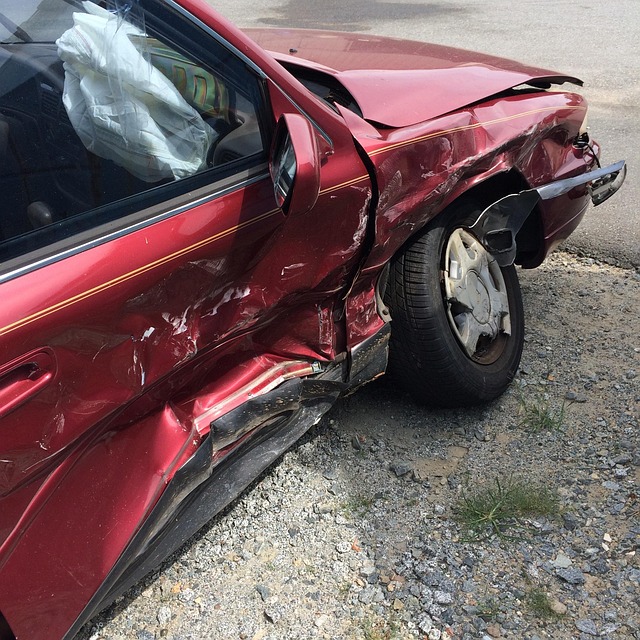OEM certified collision repair uses genuine manufacturer parts and follows precise guidelines to preserve vehicle safety, performance, and resale value. While "OEM" identifies the original equipment manufacturer, quality depends on skilled technicians and modern equipment. Reputable body shops can achieve comparable results with aftermarket parts at lower costs. OEM-approved programs enhance repair quality, streamline insurance processes, and boost collision centers' reputations.
In today’s auto industry, choosing the right collision repair program is crucial for both vehicle quality and owner satisfaction. This article dives into the world of OEM certified collision repair, separating fact from myth. We’ll explore what sets these programs apart, debunk common misconceptions, and highlight their benefits. Understanding OEM certification ensures consumers receive top-tier repairs that match original equipment standards.
- Understanding OEM Certified Collision Repair
- Debunking Common Myths About OEM Certification
- Benefits and Importance of OEM-Approved Programs
Understanding OEM Certified Collision Repair

OEM certified collision repair is a process that ensures vehicles are restored to their original specifications using original equipment manufacturer (OEM) parts. This means that after a crash, a car body shop performs repairs according to the exact guidelines set by the vehicle’s maker—in our example, Mercedes Benz collision repair specialists would adhere to Mercedes’ standards and use genuine Mercedes parts. This level of precision is crucial for maintaining the vehicle’s safety, performance, and resale value.
Compared to using aftermarkets or generic parts, OEM certified collision repair guarantees compatibility and quality. For instance, while a bumper repair might seem quick and cost-effective with non-OEM parts, it could lead to issues like poor fitment, reduced structural integrity, or even voiding the car’s warranty. Recognizing the importance of OEM certification, many car owners opt for specialized Mercedes benz collision repair centers that prioritize using authentic parts to preserve their vehicle’s original condition.
Debunking Common Myths About OEM Certification
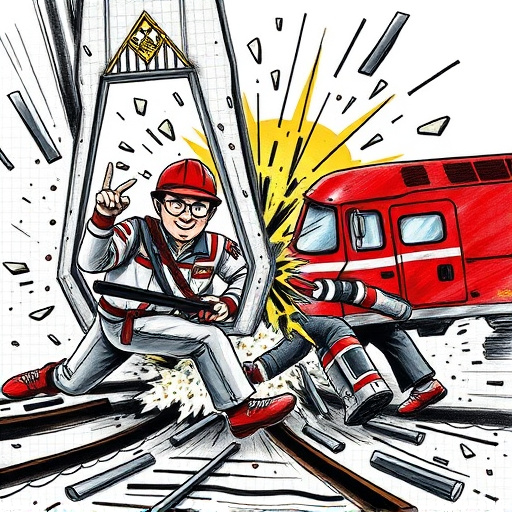
OEM certification for collision repair is often shrouded in mystery and misconception. Many car owners believe that OEM certification guarantees the highest quality repair, but this isn’t always the case. The term “OEM” simply refers to the original equipment manufacturer—it doesn’t necessarily mean the repair meets the exacting standards of the vehicle’s original build. In reality, an OEM-certified collision repair shop could still fall short if they lack skilled technicians and state-of-the-art equipment.
Another common myth is that luxury vehicle repairs require only OEM parts for optimal results. While high-end vehicles undoubtedly demand precision and quality in their repairs, using genuine OEM parts isn’t always necessary. Many reputable automotive body shops successfully use aftermarket or third-party certified parts that meet the same safety and performance standards as OEM parts at a more affordable price point. The key lies in ensuring the shop is skilled and adheres to strict guidelines for collision damage repair, regardless of the parts used.
Benefits and Importance of OEM-Approved Programs

OEM-approved collision repair programs offer a multitude of benefits for both vehicle owners and the auto industry as a whole. By adhering to the original equipment manufacturer’s (OEM) standards, these certified programs ensure that repairs are done using genuine parts and specialized techniques specific to each make and model. This precision results in a higher quality of repair, ensuring that vehicles return to their pre-accident condition or even surpass it.
These programs also streamline the insurance process, as they often have direct relationships with insurance companies, which can lead to faster claim settlements. For collision centers, becoming OEM certified enhances their reputation and opens doors to exclusive partnerships. It distinguishes them as leaders in the industry, providing superior auto repair services that meet or exceed OEM standards, including scratch repair and other specialized procedures.
OEM certified collision repair programs offer a reliable and high-quality standard for vehicle restoration, dispelling many myths along the way. By adhering to original equipment manufacturer guidelines, these programs ensure that cars return to their pre-accident condition, preserving safety and value. Understanding and embracing OEM certification is crucial for both consumers and industry professionals, fostering trust and ensuring the best possible outcomes in collision repair.


